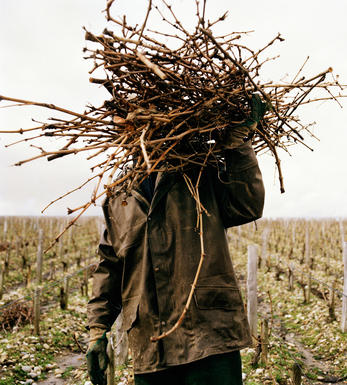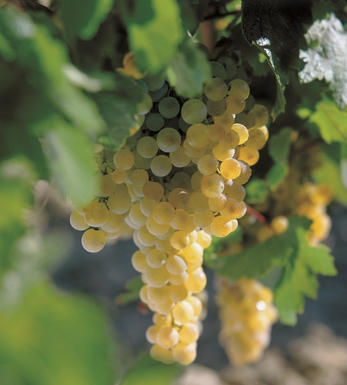
About this WINE

Hidalgo
Hidalgo is one of the few remaining family-owned independent bodegas and it still only uses grapes from its own vineyards. Its Manzanilla La Gitana is the best-selling Manzanilla in Spain but the firm`s best wines are its Amontillados. Hildago's Amontillado Viejo is an amalgam of new leather, figs, hazelnuts and soft vanilla fruit and is one of the greatest sherries in the world.
Recently Javier Hidalgo joined forces with Port producer Cristiano Van Zeller to develop single-vineyard sherries from Hidalgo's Pastrana site.

Palomino Fino
Palomino, named after Fernan Yanez Palomonio, one of King Alfonso X`s knights, is the primary grape variety for Sherry styles (Fino, Manzanilla, Amontillado, Oloroso, Palo Cortado) production.
It is a high yielding variety that is widely planted in Spain producing mostly insipid thin, dull wines lacking in fruit and acidity. However it thrives on the predominantly chalk based soils of Cadiz where it produces large bunches of golden yellow grapes, which ripen in early September. The resulting must is transparent in colour and somewhat neutral in flavour, but the subsequent wine can develop a coating of flor before maturing in the solera system and produce a whole range of intense and aromatic sherries.
It is also grown in South Africa, California, and Australia where it is fortified to make sherry-style wines.



Buying options
Add to wishlist
Description
As a self-confessed sherry nut, I could not omit my favourite beverage from this selection. Whilst olorosos suit winter’s cold embrace, summer calls for something lighter but not lacking in complexity. This Manzanilla Pasada from the coastal town of Sanlucar fits the bill perfectly – the citrus and bready notes of flor yeast have been tempered by longer aging, giving weight and additional layers to the wine. Sherry can be surprisingly food friendly, and this is no exception, having the weight to accompany scallops and chorizo or garlic prawns. Serve cool but not ice-cold to benefit from all the flavour this wine delivers
Martin Hudson, MW
wine at a glance
Delivery and quality guarantee